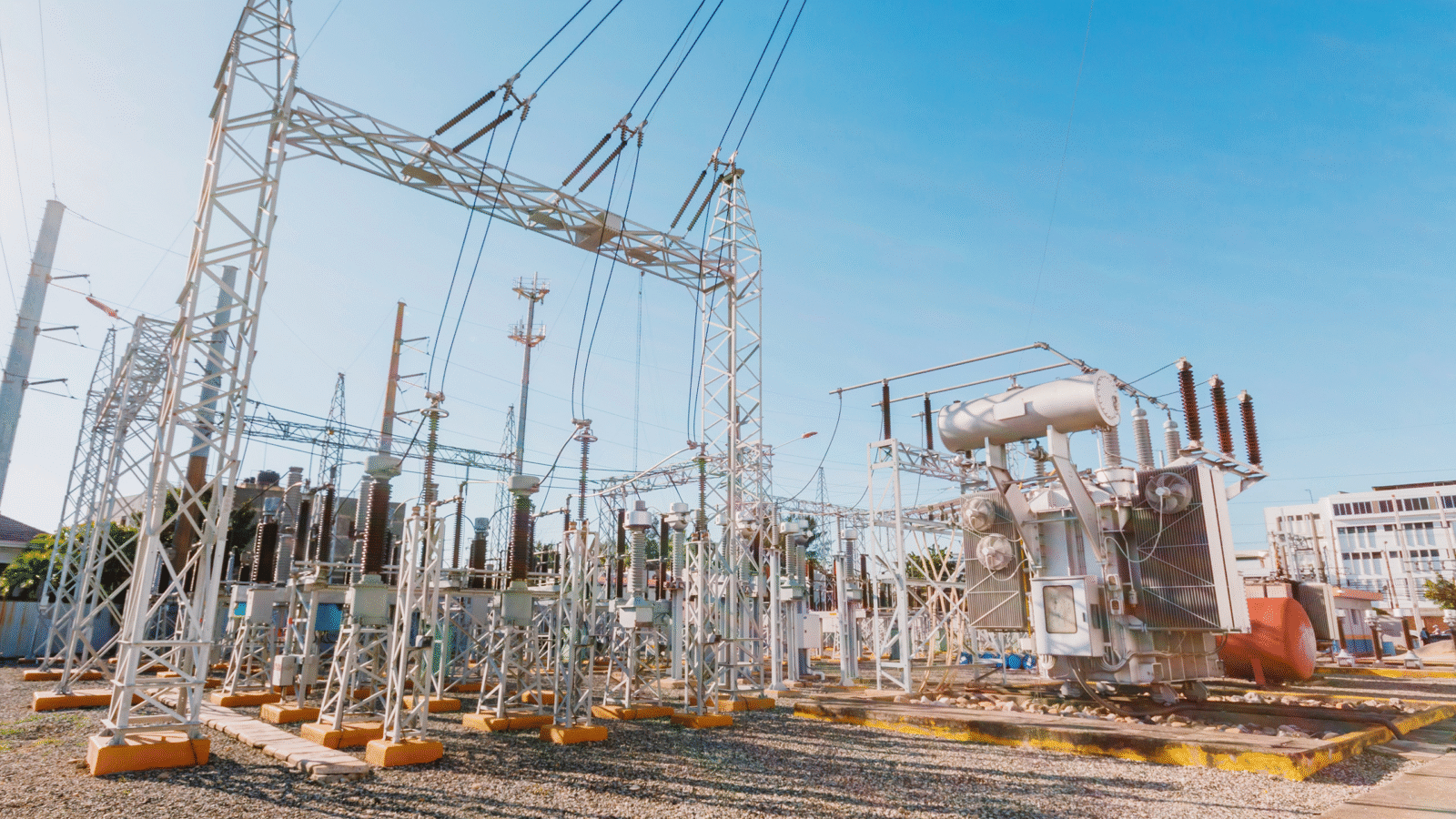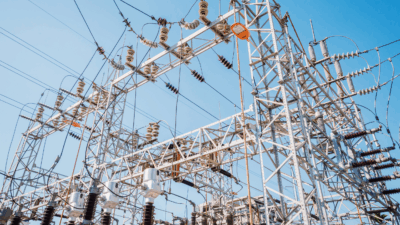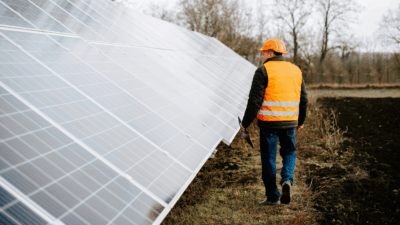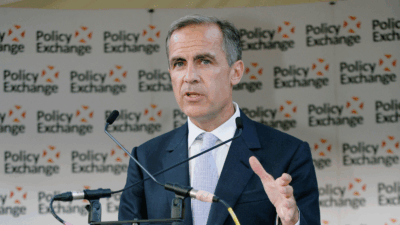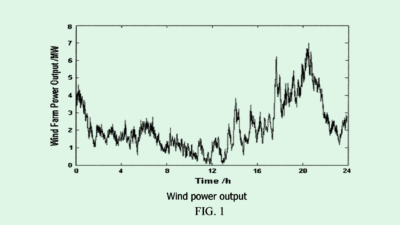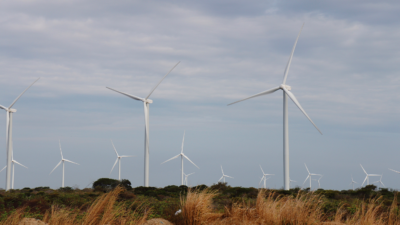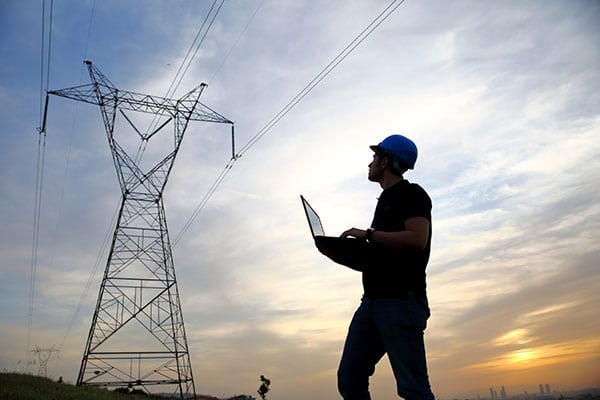
Sign up for smart news, insights, and analysis on the biggest financial stories of the day.
Tired of all the cost-of-living increases these days? Strap in, this one may well drive you spark raving mad.
US utility companies are on track to spend $140 billion this year and in 2023, the most since 2000, when industry group Edison Electric Institute started keeping track. The costs, which should come as no shock, will soon zap your wallet.
Nothing’s Shocking
Let’s face it, America’s power grid ain’t what it used to be. Much of the grid was built not long after the Second World War, and the American Society of Civil Engineers (ACSE) found last year that 70% of transmission lines are in the sunset years of their 50-year lifespans. Like Lebron James, the grid still gets the job done — but may require some time off every now and then. Unfortunately, there’s a lot more at stake in keeping the power grid up and running than any NBA game.
Earlier this year, a review of federal data by The Wall Street Journal found there were 180 major grid outages in 2020, compared to less than two dozen in 2000. The average utility customer dealt with eight hours of energy disruption, double the amount in 2013 when the government started tracking outage durations. Climate change hasn’t exactly helped, with weather-related outages topping 100 for the first time in 2020. So, no wonder utilities are spending so much on upgrades, just don’t expect to escape pitching in:
- In 2021, the average retail electricity price for US residential customers rose to 13.72 cents per kilowatt-hour, the highest price since 2008, according to the US Energy Information Administration.
- Data firm Sector & Sovereign Research forecasts average residential utility bills will increase 2.5% to 3% every year for the next several years because of higher capital investment. More increases will likely come from high gas prices. For most of the last decade, residential utility bills were flat, well below the rate of inflation.
Short at the Register: Even with all the new capital investments, the ASCE forecasts the US will face a $200 billion funding gap for what’s needed to improve the grid and meet renewable targets in 2029. Hopefully, the grid’s older transmission lines will have joined Lebron in retirement by that time.
